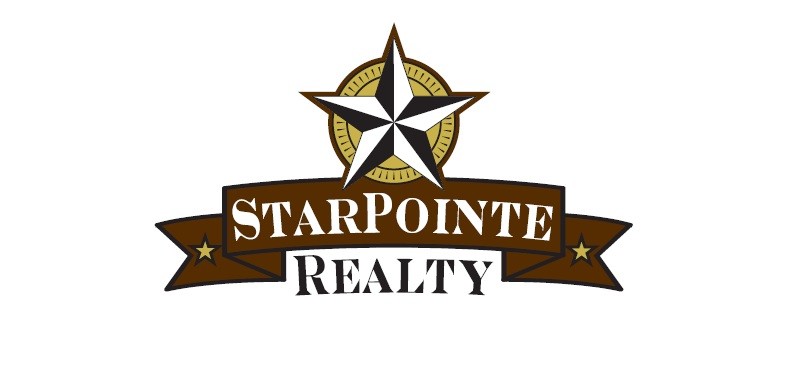Previous < View Homes
There are over 40 active builders in the Fort Hood area, ranging from the major national brands to the local builder who builds fewer than 5 homes a year. More than that, the same builder differs even from neighborhood to neighborhood. Some builders specialize in certain areas and styles. The builder scene is always changing, so having an experienced real estate agent to recommend a builder based on your circumstances and needs can be important.
Advantages of Buying from a Builders
- Excellent Condition
- Customizable
- Low Maintenance with Home Warranty
- Standard Builder Concessions and Perks
- Energy Efficient
- Can Use Most Loan Types
Disadvantages of Buying from a Builder
- Higher Prices
- Poor Appreciation
- Noisy Neighborhoods
- Long Wait for the Construction to Finish
- Little Negotiation on Price and Terms
How to Choose a Builder
With so many builders and neighborhoods to choose from, talking to a Realtor is an important step to start to narrow down the list to just a handful.
Once you’ve identified a few builders, your agent can schedule a time to meet with each and talk to their sales reps and walk through any homes they have built at the time. These meetings take longer than a typical house showing, and probably will be approximately two hours per builder.
Your agent and you should ask the same questions of each builder.
Tract vs. Spec vs. Custom
There are three main types of builders: tract, spec and custom.
Tract builders are usually the large, national builder brands like Centex and D R Horton. They purchase numerous lots of even entire subdivisions and start building. They often have inventory homes available to view.
Spec, or speculation, builders are more often local, relatively smaller businesses that buy and built on a few lots at a time.
Custom builders cater to the high end of the new construction market and almost never start building a home before a buyer contracts them to do so. Many custom builders in the Fort Hood area only build 5-10 homes a year, but at some of the highest prices points in the area.
Inventory vs. To-Be-Built
Tract and Spec builders often have homes already built, or nearly completed, that you can purchase. These are called “inventory” homes. Inventory homes are more move-in-ready for buyers with a short timeline but that want a brand new home. They also already have all the selections made, so there is far less, if anything, that the buyer can customize about the home.
To-Be-Built homes have not been started yet. Unlike the occasional inventory home, a builder will almost never negotiate away too many concessions or on the price of a to-be-built home. But, you can customize a lot more about the property, especially with a custom builder.
The New Construction Process
Costs
Most new construction involve very similar costs to a normal, preowned home. You can use most loan types. Seller paid closing costs are common concessions in the Fort Hood area, including among builders.
The exception are custom home builders. Often, regardless of the kind of financing, they require some money up front, often 5-10%. At the highest end of the market, they also often require you to purchase the lost before building, whereas most builder transactions sell the house and the lot at the same time. And with any builder, if you choose to add a large number of upgrades, they often will require you to pay for some upgrades out of pocket, just in case the appraisal comes in low.
Contract
Builder contracts are different than the 1-4 Family Resale contract used on most Texas preowned real estate purchases. Some builders have their own contract.
Builders seldom negotiate on the price unless it is an inventory home that has been on the market a long time, or they are leaving a neighborhood and it is one of their last few homes in the neighborhoods. Some builders have a designated amount to apply to upgrades like sprinklers, backyard sod, extra landscaping, a refrigerator, ceiling fans, or other items. Builders are more likely to compromise on the concessions than they are the price. It depends tremendously on the builder, neighborhood and situation, so your real estate agent can best advise you for the particular situation.
Selections
If the home is not built already, you then go through the selections process, or pre-construction meeting. During this phase you select everything you want in the home, usually within the first two weeks after signing a contract. Tract builders often have a set number of features that you can change. Custom builders will do whatever you want if you’re willing to pay for it, and work with local businesses from which you can select what you want in your home. Custom builders give you a budget at each vendor, e.g. floors, granite, and light fixtures. If you blow the budget, they may make you pay the difference out of pocket to protect them during the appraisal, but will still do whatever you want them to as long as it is within the building code.
Due Diligence
Unlike contracts for pre-owned homes, most new construction contracts do not include an inspection period. The home is going to be built to code (if in the city limits), and will be new.
However, a buyer should still have an inspection completed. In fact, a to-be-built home gives the unique opportunity of inspecting the home at different phases of construction, viewing items that will be inaccessible in the future. The common inspection phases are slab, FEMP (framing, electrical, mechanical, plumbing), insulation, and complete. With a good builder, the inspector will likely find only a few items. But there is always something. And the builder is obligated to correct most deficiencies found in the inspection if it contradicts the building codes.
Closing
Once built, the financing and closing of a new construction home is nearly identical to that of a preowned home.
Next > Buy a Foreclosure


